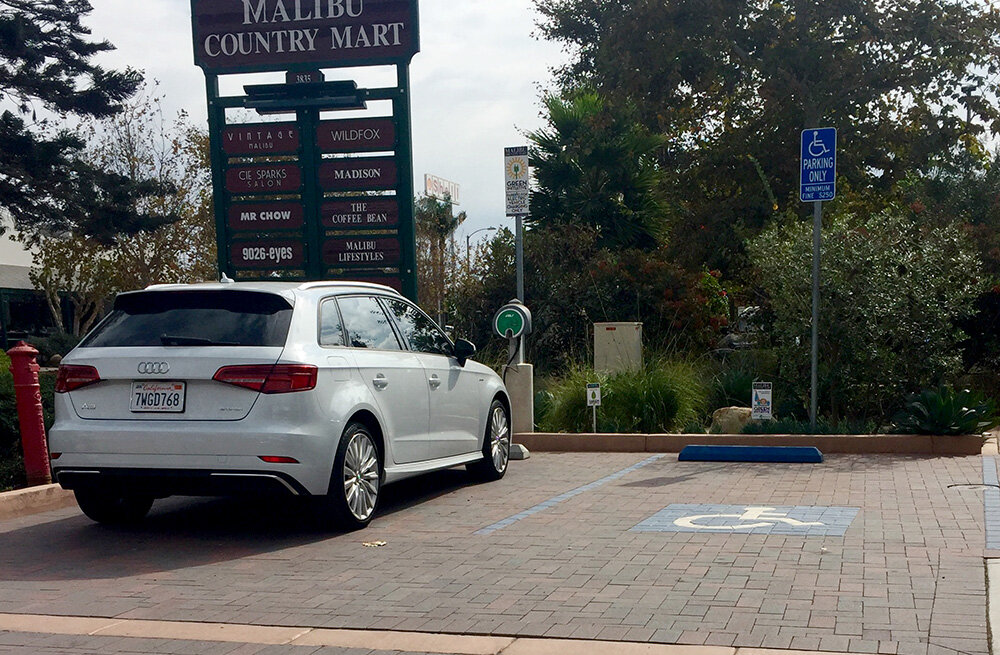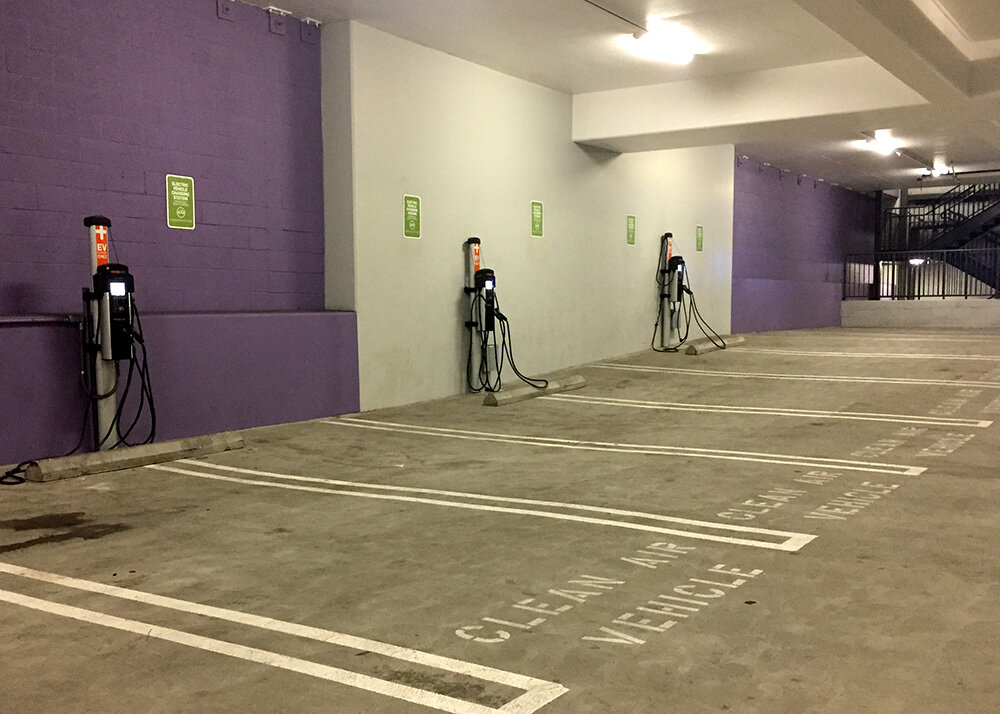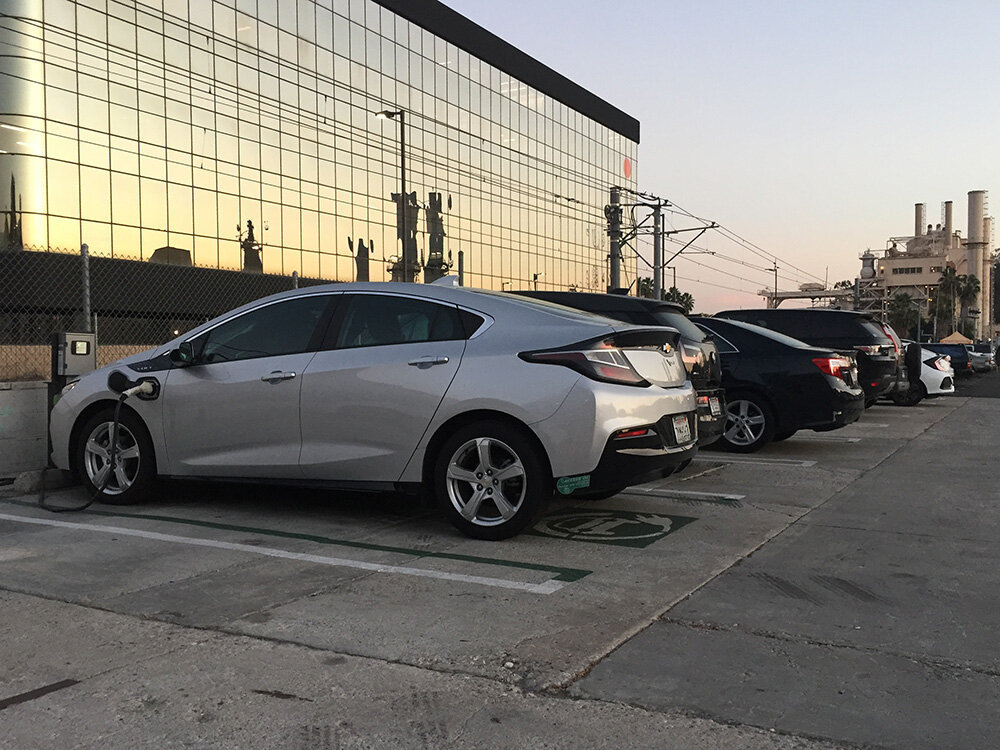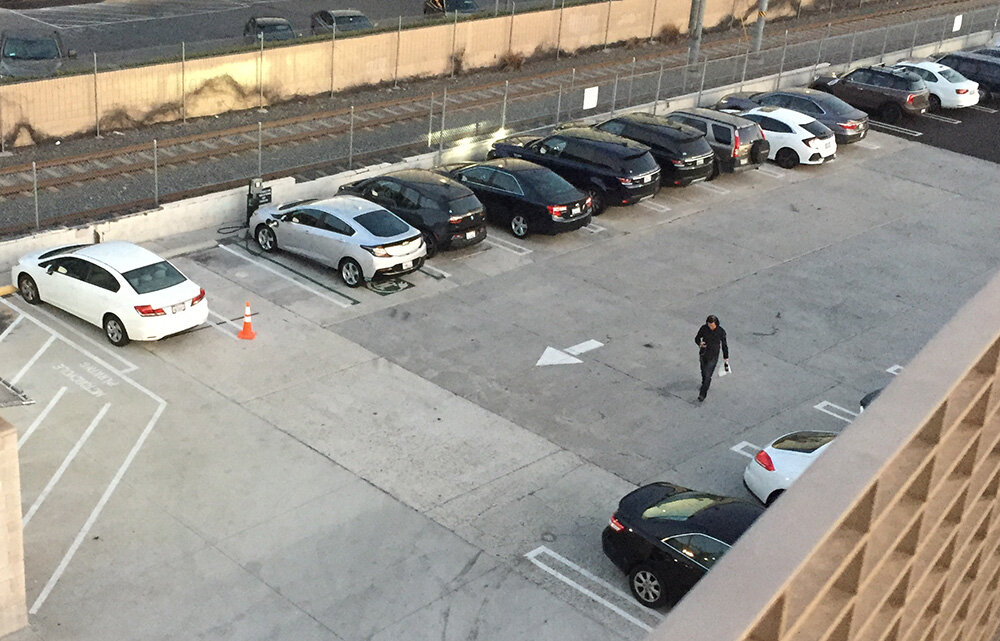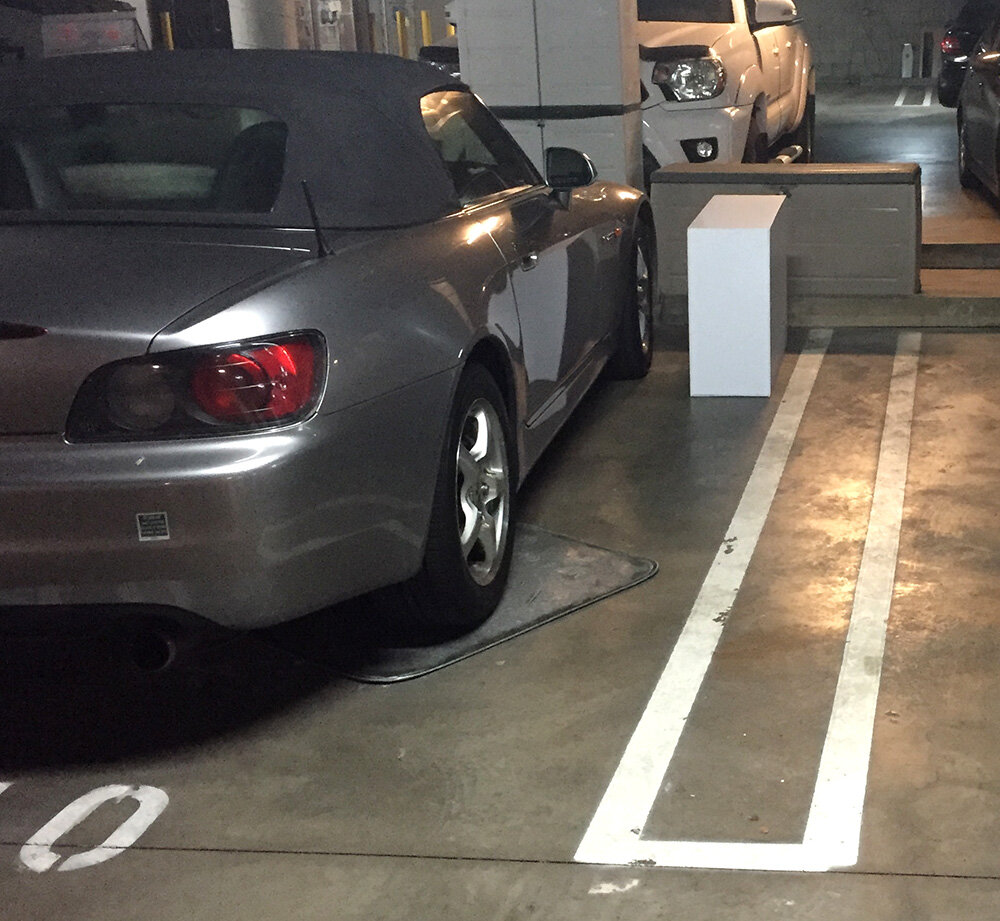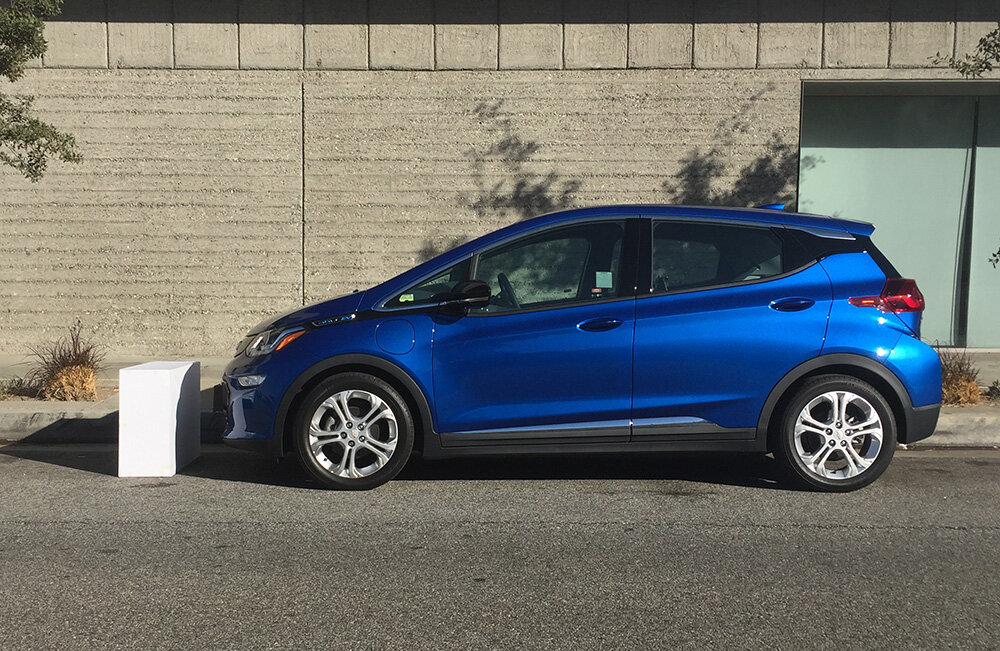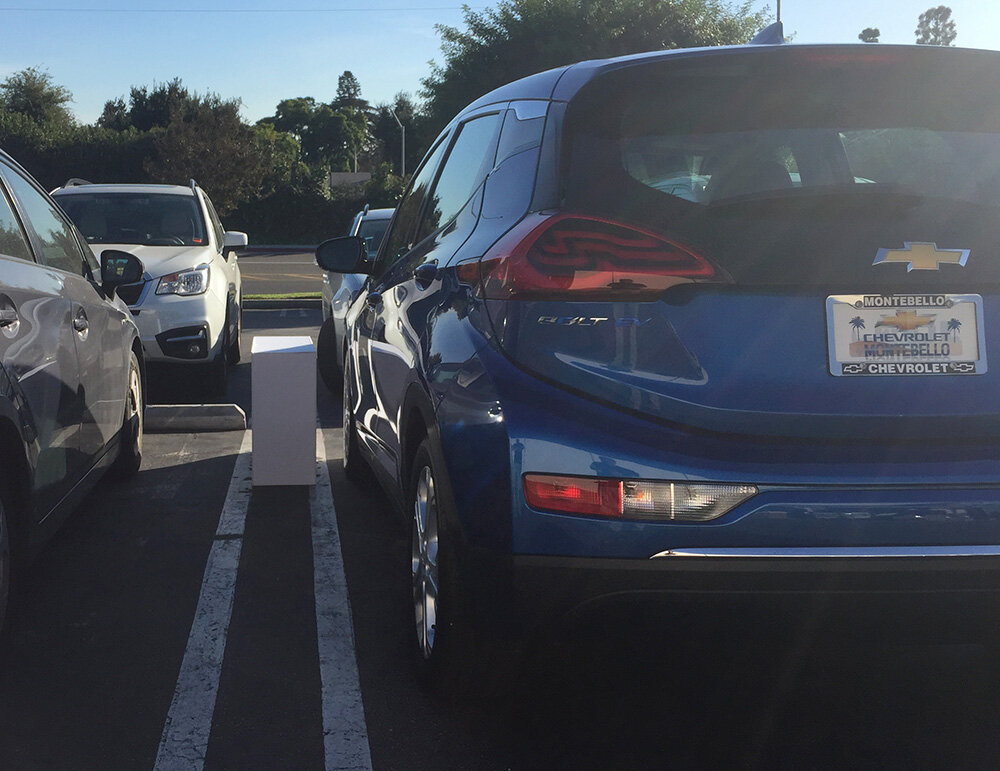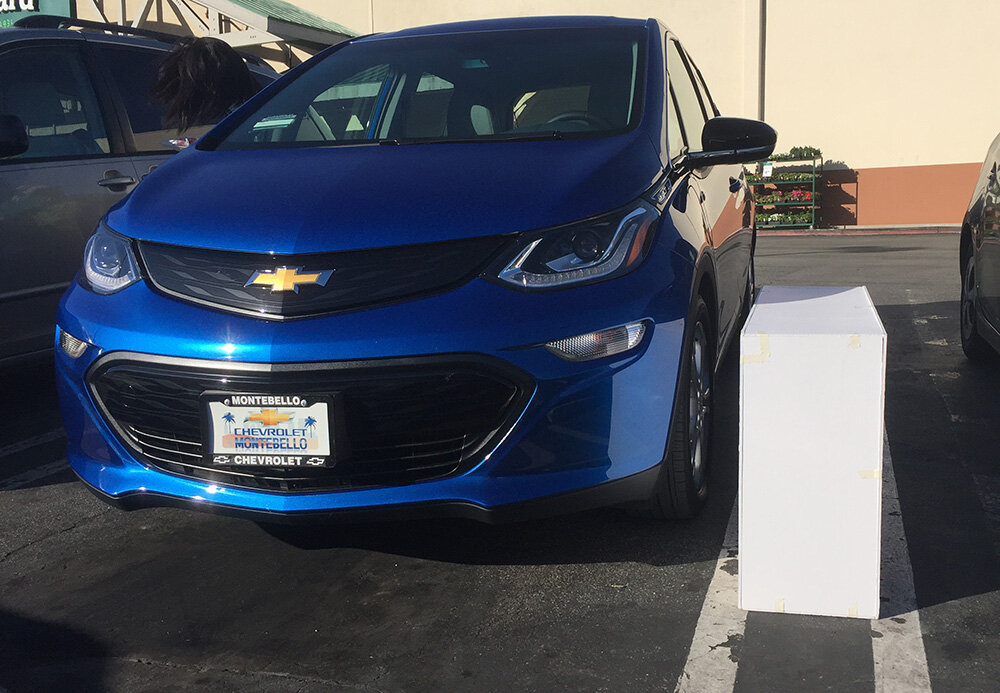Vivi Mobile EV Charging System — UX Design Process
The following describes the design process employed to develop my Vivi Mobile EV Charging System (for an overview of the project, click here). Note: due to the proprietary nature of this project certain information has been omitted from this text.
During my studies at ArtCenter College of Design I looked at my mobility design projects less as exercises in aesthetic design, and more as explorations into fiscally viable solutions for real-world problems. The project started by identifying a potential user need, formulating a possible solution, researching/testing, refining, then researching/testing again for viability.
Vivi was conceived after unearthing an interesting fact about electric vehicles. In California, the vast majority (91%) of EV’s were being sold to people living in single-family homes, with only 3% going to people living in multi-unit dwellings – due in large part to the lack of dedicated space for chargers. Because multi-unit dwellings are the defacto standard for urbanites, and because urbanites are a vast untapped market, this lopsided market reality illustrated a clear problem for both EV users and EV manufactures.
To address this problem, I envisioned a mobile, on-demand, electric vehicle charging system would eliminate the need for static charging hardware and infrastructure. This would enable consumers without residential charging capabilities to conveniently charge their EV’s wherever they park. Using a smartphone app, a customer would geotag his/her EV’s location, and notify Vivi that a charge is needed. Next, a Vivi technician would arrive in a neighborhood electric vehicle (NEV) carrying several portable charging units (8kwh battery packs with level 2 charging capability). The technician would leave a charging unit with the EV, and proceed to the next customer in need of service. When charging is complete, the technician would return to retrieve the charger. This system would allow a single technician to service multiple customers simultaneously, and would allow customers to charge their EV’s wherever they park.
Secondary research indicated that the concept would address a market need, but apartment dwellers, EV owners, and EV intenders were polled to gain further insights. Responses indicated that EV ownership was considered desirable for many reasons, including: HOV lane access, low operational costs, and silent running. With charging capability at work, EV intenders felt that ownership was viable – even if charging was unavailable at home. But without the ability to charge at either home, or work, perceived viability of EV ownership was low.
Interviews with representatives from OEM’s and dealers confirmed that selling EV’s to apartment dwellers was a challenging proposition. One solution for dealers was to steer apartment dwelling customers to hybrids instead of full EV’s. Further, conversations with retailers, and research into the needs of property developers yielded potential target markets for the Vivi service.
To better understand the EV owner’s experience, a Chevrolet Bolt EV was rented for several days. With no ability to charge at my residence, I was reliant on public EV charging stations and stations at ArtCenter to keep the EV on the road. After several days it was clear that EV ownership without home charging capability was viable, but the charging experience was very inconvenient… the onboarding process for various charging networks was inconvenient, charging stations at ArtCenter’s campus were often occupied, and public charging stations were not located close to my residence.
Initial research verified a need for convenient charging, and with some modifications to the original concept, design of the Vivi system commenced. Researching current technologies, and potential environments of use, the Vivi ecosystem of NEV (and technician), Portable Charging Units, and Smartphone App was established.
The Vivi NEV
This golf-cart sized vehicle would be piloted by a technician to deliver portable charging units to customers parked in a pre-determined zone. The idea of using autonomous technology was initially explored, but rejected in favor of adding a human element to the system. This would allow a minimum viable product to be launched more quickly, but more importantly, would provide a personal feeling to the service.
Various parking lots and garages were visited to determine possible areas of use, pain points, and opportunities. From these site visits, it was determined that the vehicle should be: small (to allow for pedestrians/traffic flow), maneuverability in confined spaces, have good cargo capacity (enough for ~5 or portable charging units), and friendly in appearance (to help with public acceptance). Range was not a significant concern, as the Vivi NEV would not travel long distances, and would have the ability to recharge throughout the day.
Portable Charging Units:
These batteries would be used to charge customers’ EV’s on demand, and on location. When requested by the customer, the Vivi NEV would be deployed to a customer’s location, where a technician would unload a unit, plug it into the EV, and leave to service the next car. The technician would later return to recover the unit.
The Charging Unit’s initial form factor was based on current battery technology, typical EV energy needs, and typical commuting behaviors. Once dimensions were determined, a low fidelity model was created, and brought to typical locations of use to gauge viability, ease of use, and to determine factors that would need to be addressed. From this exercise, it was determined that the units would need to be highly visible, but narrow in width (though its footprint would need to be significant, to provide stability). This exercise also helped to define aspects of the technician’s work flow, optimal placement of the charging unit, infrastructure needs, and more.
Vivi App
The key to making the Vivi service possible is the smartphone app – the primary touchpoint for the user. The app would be used to summon the charging service, and keep the customer apprised of charging progress.
By identifying user goals/tasks, the app was architected, and wireframes were produced to determine overall workflow for on-boarding, and day-to-day usage. Low fidelity representations were presented to test subjects for feedback, and workflow was optimized, and simplified: upon parking his/her EV, the customer would simply open the application, and indicate that a charge was needed. Behind the scenes, the system would geotag the car’s location, and summon a technician to charge the car. Other than periodic progress updates, entire process is invisible to the customer.
With the above research completed, final designs were created, a prototype app was built, and the system was presented to users for further testing. Test subjects were asked to perform specific tasks to assess system usability, and shown ½ scale renderings of the Vivi Vehicle and Portable Chargers for review. Various price points and payment models were also tested. The results of these interviews resulted in minor modifications to the app (example: Interviewees expressed a desire for an “Uber-like” interface that showed the Vivi Vehicle’s proximity to their EV’s). Otherwise, the system was well accepted.
Phase 2 testing (to be conducted at a later date) will entail developing a working prototype system deployed in a single location to identify technical and operational constraints/opportunities, as well as understand real-world customer usage habits, pain points, pricing, and acceptance.


